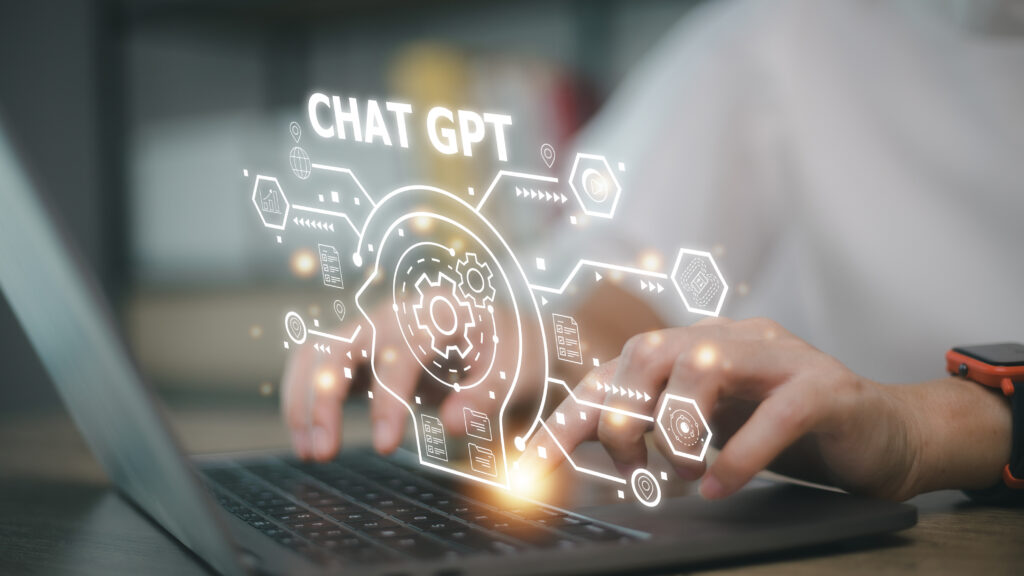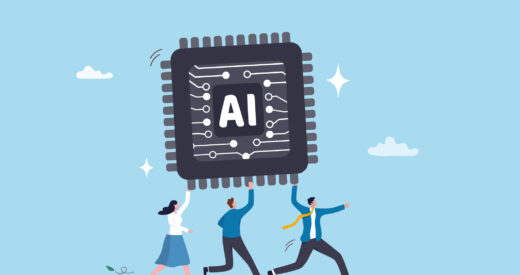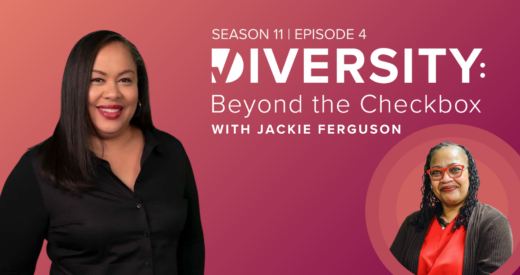ChatGPT can do a lot of things, but it can’t tell you what you should do.
ChatGPT, a large language model trained by OpenAI, can understand and generate human-like text responses to a wide variety of questions and prompts. You can request information, engage in conversation, or even ask it to perform certain tasks. ChatGPT is a significant step forward in artificial intelligence because it can generate human-like language.
It’s really good at answering questions, particularly general knowledge questions. It’s not so good at giving opinions or weighing one option against another. For example, it can analyze a resume and tell you if a candidate has the relevant skills and experience for a particular job. However, it can’t tell you if a candidate is a good fit for a particular role. Anything subjective still requires human judgment and analysis.
“Many people are afraid of what they do not understand, whether this includes interacting with different kinds of people or new technologies. When we work with organizations to uncover ways to embrace inclusive marketing, utilizing technology properly is a key piece of our approach,” says Kurt Merriweather, VP of Innovation at The Diversity Movement. “Given the fear and enthusiasm around ChatGPT, we decided to take our own advice and challenge our content marketing team to use ChatGPT to create content for inclusive marketing.”

Did ChatGPT speed up the writing of this article?
This collaboration with ChatGPT saved research time and made writing the initial draft of the article faster and easier. By gathering research from a variety of sources quickly, it was easier to explore the topic from a variety of perspectives, settle on the most useful advice for inclusive marketing, and synthesize that information into a coherent article.
While ChatGPT’s voice is uncannily conversational, its articles still need editing to eliminate repetitive language and to include creative flourishes that add interest and flair. Some editors might find it easier to ask ChatGPT for a basic article and make the revisions themselves, which is how this article was created.
ChatGPT’s vast body of information is an advantage, but because its answers come from so many sources as well as patterns in the text that it has been trained on, ChatGPT doesn’t cite specific sources. To get around this drawback, writers can ask ChatGPT for online resources on the topic, which may include information to link to.
As humans gain more experience using the platform, the better they will become at getting ChatGPT to write acceptable content. ChatGPT suggests using clear, specific instructions and guidelines, and include any relevant information about the intended audience and brand messaging. By asking for several revisions and giving detailed feedback each time, writers can get results that will be closer to meeting their specific needs.
How else can ChatGPT help marketers save time?
ChatGPT can save marketers time and help them become more productive by eliminating the less creative aspects of the writing process. Along with saving time on research, here are other ways ChatGPT can help marketers:
- Idea generation: Chat GPT can generate ideas for your content marketing campaigns. Enter a topic or keyword and ChatGPT will suggest related topics or angles.
- Personalization: ChatGPT can help you personalize your content to specific audiences, by generating content that is tailored to the interests and preferences of different segments of your audience.
- Optimization: ChatGPT can generate content that incorporates relevant keywords and phrases to help you optimize your content for search engines.
- Efficiency: ChatGPT can automate other content marketing tasks, such as generating headlines or social media posts.
How does ChatGPT work? How can it perpetuate bias?
ChatGPT is a tool for creating new content that is similar to what humans might create, but without the need for direct human input at every step of the process. It works by analyzing large amounts of data and learning patterns and rules from that data. Once it has learned these patterns, it can generate new data that is similar to the original data.
The problem with those large data sets is that they may contain biases and perspectives of the people who created them. ChatGPT was designed to be as objective and unbiased as possible, but there is always a risk that the content it generates could reflect those underlying biases or assumptions.
Other potential problems include:
- Inaccuracies: ChatGPT generates text based on patterns and structures that it was trained on. However, this data is not always 100% accurate, so there is a risk that the content generated could contain errors.
- Offensiveness: The content it generates could be offensive or inappropriate for certain audiences or contexts.
- Legal issues: If inaccurate text created by ChatGPT is approved without being reviewed by human editors, it could result in legal issues for the brand or organization.
Additionally, ChatGPT is a machine learning model and may not always get it right, despite the best efforts of programmers and developers. For example, ChatGPT has been trained to use inclusive language, but some words might be appropriate in one context, but not in another. Therefore, humans should review any text created by ChatGPT, because social and cultural nuances are beyond the machine’s ability.

How can marketers ensure diverse perspectives are included?
Marketers reach a wide audience and their work can have a significant impact on how people perceive and interact with the world around them. That’s why it’s vital that marketing content – whether created by human or machine – is free from bias and reflects a diversity of perspectives.
DEI best practices should be included throughout the planning and execution of any marketing campaign. As they use ChatGPT to create content, marketers should also consider the following tips:
- Identify the audience that the content is intended for when asking ChatGPT to draft content. Consider the diverse identities and perspectives that are represented within that audience.
- Use inclusive language to describe people and communities when you are interacting with ChatGPT. Correct any biased language in the revision process.
- Seek diverse perspectives when editing ChatGPT’s content to ensure that it is inclusive and respectful. Partner with organizations that are also committed to promoting diversity and inclusion.
- Reflect a variety of experiences and perspectives in your examples, source documents, and case studies. Highlight the achievements of individuals from diverse backgrounds.
- Review and edit any machine-generated content to ensure that it is free from bias.
How can editors with DEI expertise help eliminate bias in ChatGPT?
Anyone with knowledge of the subject matter being discussed can review text written by ChatGPT and eliminate any inaccuracies. However, to root out bias and stereotypes, it’s helpful for editors to have cultural competency and DEI expertise.
Individuals with cultural competency are aware of their own biases and assumptions, and they understand how societal factors can influence communication and perception. A phrase might be acceptable on the surface, but when read with a culturally competent lens, another wording might be more appropriate.
Not only can alert reviewers analyze the content to identify any potential problems, but they can provide feedback to ChatGPT so its content can become more inclusive. Individuals who represent diverse perspectives and identities can also help identify areas where ChatGPT’s language may be exclusionary or insensitive.
How are AI language models becoming more inclusive?
While ChatGPT can still struggle with reflecting diverse perspectives, efforts are ongoing to help it and other AI language models improve by incorporating better training data, along with individual feedback.
Researchers and developers are including more diversity in the large datasets that AI language models are trained on. Including a diverse range of authors and sources in the training data can help ensure that a variety of perspectives and experiences are represented. Developers should use data that is balanced and representative, and not skewed towards one particular perspective or group. The experiences and voices of historically marginalized groups should also be included, not just the dominant culture.
Learn more about inclusive marketing, and gain practical tips, tools, and how-tos at TDM Library. The one-stop content hub and resource center is filled with award-winning DEI content utilized by hundreds of thousands of professionals. The resources will spark conversations, increase teamwork, and make workplaces more productive.






